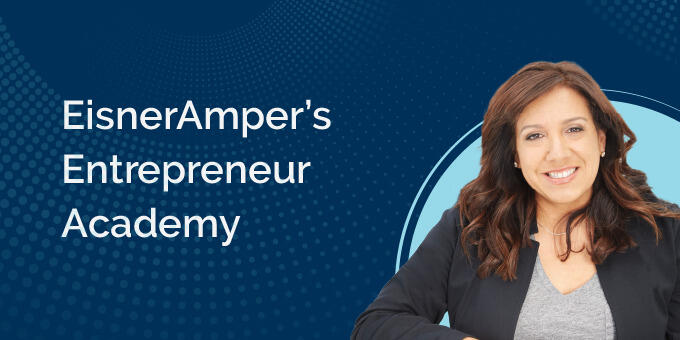Entrepreneur Academy
- Published
- Jan 7, 2022
- By
- Henric Adey
- Topics
- Share
Why is transfer pricing important to technology and life sciences companies doing business abroad? In this video, learn what you need to know about transfer pricing, its role in international taxation, and why it's more important than ever to analyze, adjust and implement a defensible transfer pricing position.
Transcript
Henric Adey:
Hi, my name is Henric Adey. I'm heading up our national Transfer Pricing Practice of dedicated transfer pricing specialists, serving clients globally in an ever-evolving world of regulations and change.
Why is transfer pricing an important focus point for many multinational enterprises in the technology and life science industry?
The international rules and regulation on transfer pricing can apply to an intercompany sale of tangible goods, cross-charges for intercompany services, licensing of intangible and intercompany financing arrangements. The simple concept of international transfer pricing rules and regulations is the arm's length standard, which requires taxpayers to demonstrate that their intercompany transactions in a cross-border setting are priced on an open market basis, i.e. a related party transaction is priced like a third-party transaction.
Here's an example. Let's say a technology start-up based in the United States would like to expand into the European market and is considering placing a sales and marketing team in London. How should the transfer pricing be set up between the US and the UK?
Of course, this start-up has multiple options to structure this intercompany transaction, but ultimately it needs to prove that the pricing between the parent in the United States and its sub in the UK is akin to a third-party transaction. As such, one answer could be to turn the UK sub into a routine service provider that would be insulated from risk and ultimately decision making. That, for example, could result in a cost plus basis for the transfer pricing. But again, this is just one option.
Let's look at another example. A large multinational life science company that is in the process of acquiring another company which owns intellectual property and has an international footprint. How does the acquisition change the company's existing transfer pricing? How does the acquired IP impact the distribution of the non-routine profits? How have international reporting requirements been impacted as part of the planned M&A acquisition?
Many important transfer pricing questions arise in an M&A setting that have to be addressed in a timely and structured manner. That said, authorities are increasing their focus on transfer pricing to prevent multinationals from shifting income into lower tax jurisdictions, and audits are the rise. In addition, the impact of the COVID-19 pandemic and the record breaking stimulus packages put in place by many governments, necessitate the need to recover funds through audits. As a result, it is more important than ever to analyze, adjust, implement a defensible transfer pricing position for multinational enterprises. You need to make sure that you document your transfer pricing on a contemporaneous basis, and here the emphasis is on contemporaneous. Document now and be prepared for upcoming audit.
Entrepreneur Resource Hub
EisnerAmper’s Entrepreneur Academy “EA2” offers early-stage startups continuous learning opportunities—from fundraising to mitigating risk to growing their businesses.
What's on Your Mind?
Start a conversation with Henric
Receive the latest business insights, analysis, and perspectives from EisnerAmper professionals.



